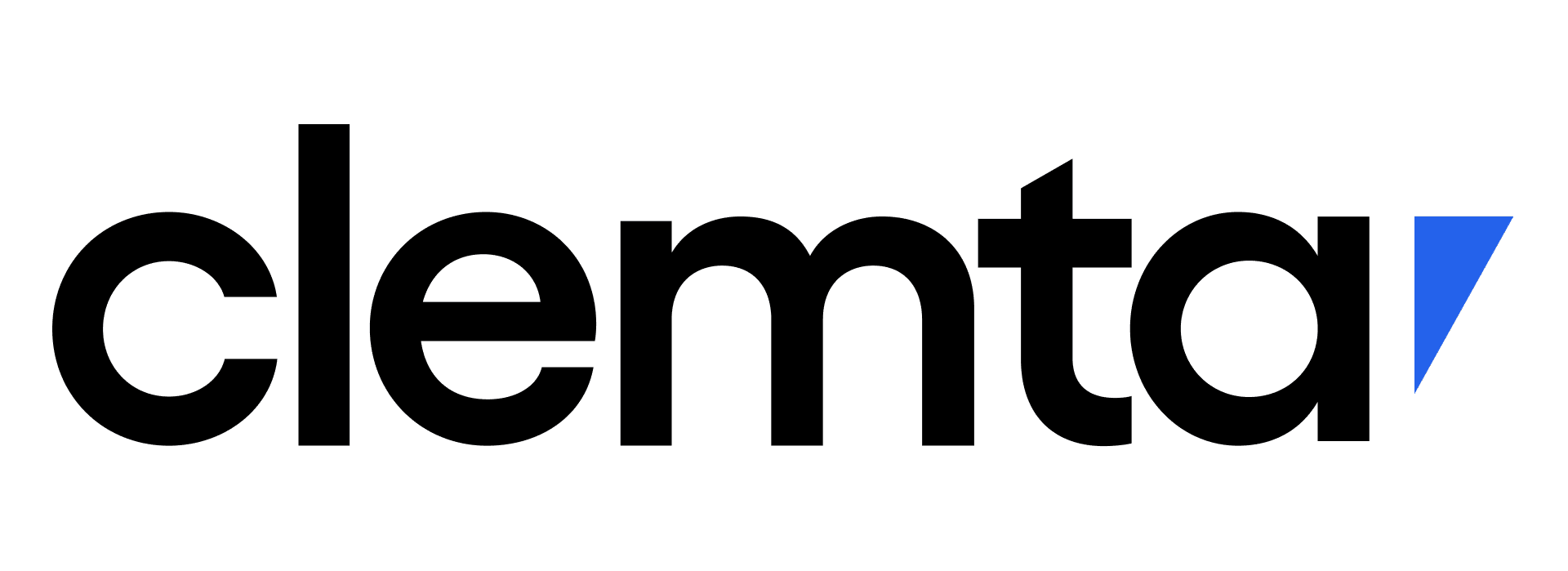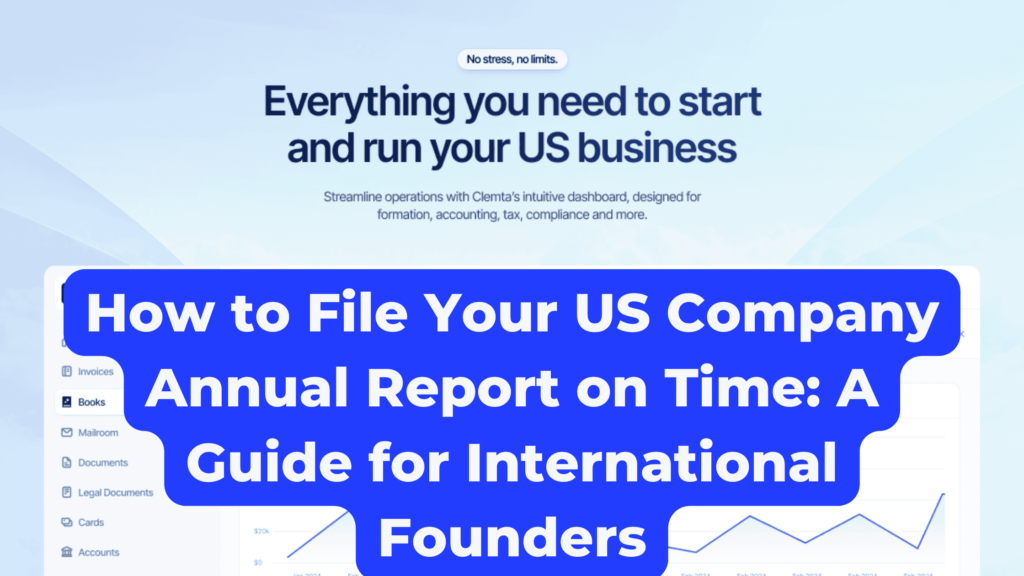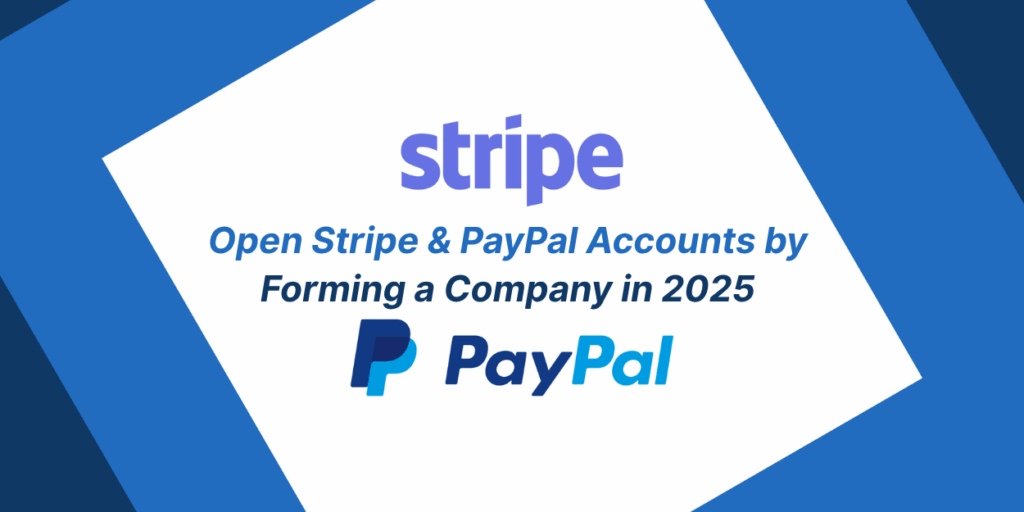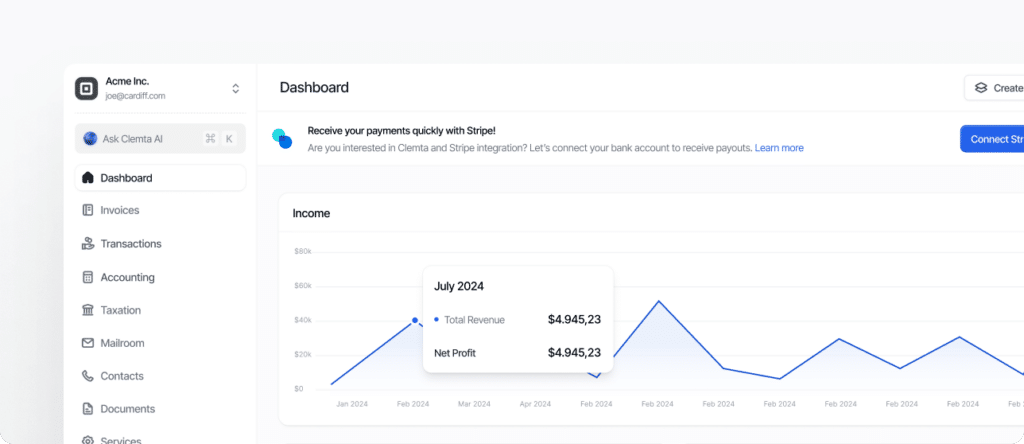Form 1042-S is critical for tax reporting in the U.S., reporting payments made to non-US entities by US-based entities. It documents U.S. source income distributed to non-US residents subject to withholding requirements specified in Chapter 3 of the Internal Revenue Code. Employers, educational institutions, and financial organizations use this form to report payments disbursed and income withholdings. Form 1042-S must be sent to both the IRS and the payee, and Form 1042 is filed separately with the IRS.
What Amounts Are Subject to Form 1042-S
Reportable items include:
– Interest payments exceeding $10 made to nonresident aliens from specific countries
– All corporate distributions
– Payments for personal services performed within the United States
– Income arising from the cancellation of debt
– ECI or income associated with a U.S. trade or business
– Income from notional principal contracts
– Payments for U.S.-sourced insurance premiums
– Payments for guaranteeing indebtedness and certain federal procurement payments
– Payments of ECI attributable to interests in PTPs and income from REMICs
– Most gambling winnings come from U.S. sources, except for specific games.
Who Should File Form 1042-S
Withholding agents must file Form 1042-S for payments made to foreign persons. Reporting is not required for personal payments not related to business. Reporting is mandatory if tax is withheld or mandated, regardless of actual withholding. Payments exempt from tax must still be reported. Payments to U.S. territory residents may need Form 1099 reporting. Form 1042 must also be filed for the annual withholding tax return.
Withholding and Reporting Requirements
-Chapter 3 withholding
As per sections 1441 and 1442, a withholding agent must deduct 30% of any payment made to a foreign person subject to withholding under Chapter 3. However, if the payment can be associated with documentation, the agent can treat it as made to a foreign person entitled to a reduced rate or exemption from withholding. Chapter 3 covers income payments to foreign persons, including nonresident aliens, foreign corporations, partnerships, trusts, estates, governments, and organizations.
-Chapter 4 withholding
A withholding agent must withhold 30% for Chapter 4 compliance on a withholdable payment to a foreign financial institution. The same applies to certain NFFEs that don’t disclose their substantial U.S. owners.
Payments by U.S. Withholding Agents
U.S. withholding agents must file a separate Form 1042-S for each Recipient of income subject to withholding when making payments to foreign individuals or entities. The form must report only one type of income per Recipient. Direct payments to beneficial owners or partners, entities such as QIs, W.P.s, or W.T.s, and payments to joint owners must all be reported on Form 1042-S. Special situations may require pro-rata reporting or reporting as “Unknown Recipient.”
Filing Requirements and Deadlines
Withholding agents are obligated to file Form 1042-S with the IRS and provide a copy to the payees who are foreign individuals or entities who received income from U.S. sources. This allows the payee to adhere to their tax responsibilities, including filing a tax return in the U.S. or claiming a tax credit in their home country for the withheld taxes.
Form 1042-S must be filed with the IRS and furnished to the income recipient by March 15 of the given year. If this date falls on a weekend, Sunday, or legal holiday in the District of Columbia or where the return is filed, the next business day becomes the due date.
Five copies must be prepared. Copy A will be sent to the IRS, copies B, C, and D will be sent to recipients, and copy E will remain with the withholding agent.
Extensions
You can request an extension for filing Form 1042-S or furnishing recipient statements using Form 8809. This provides an automatic 30-day extension, which can be extended further by filing another Form 8809. For a separate extension for giving statements to recipients, fax the Extension of Time Coordinator with your name, TIN, address, type of return, reason for delay, and signature of the payer or authorized agent. Approval grants an additional 30 days.
Electronic Reporting Requirements
Certain entities must file Form 1042-S electronically. This includes entities with ten or more information returns, partnerships with more than 100 partners, and all financial institutions. If the original filing was mandated electronically, use the FIRE System to submit returns, including amended submissions.
Penalties for Non-Compliance with Form 1042-S Filing Requirements
Failure to file Form 1042-S can result in penalties.
Late Filing of Correct Form 1042-S
Late filing penalties may apply depending on the delay in filing. Here are the penalty amounts:
– Within 30 days: $60 per form 1042-S, up to $664,500 per year ($232,500 for small businesses).
– More than 30 days after the due date but by August 1: $130 per form 1042-S, up to $1,993,500 per year ($664,500 for small businesses).
– After August 1 or non-filing: $330 per form 1042-S, up to $3,987,000 per year ($1,329,000 for small businesses).
For intentional disregard of the filing requirement, the penalty is the greater of $660 or 10% of the amount required to be reported, with no cap on the penalty.
Failure to Furnish Correct Form 1042-S to Recipient
Not providing Form 1042-S to recipients can result in penalties of up to $330 per instance, with a maximum yearly penalty of $3,987,000. Reduced penalties are available if the correct statement is provided by August 1. Willful neglect to report correctly increases the penalty to $660 or 10% of the total reportable amount, with no maximum limit.
Failure to File Electronically
Failure to file electronically without an approved waiver may result in penalties unless reasonable cause is shown.
To get professional help reach us here.







